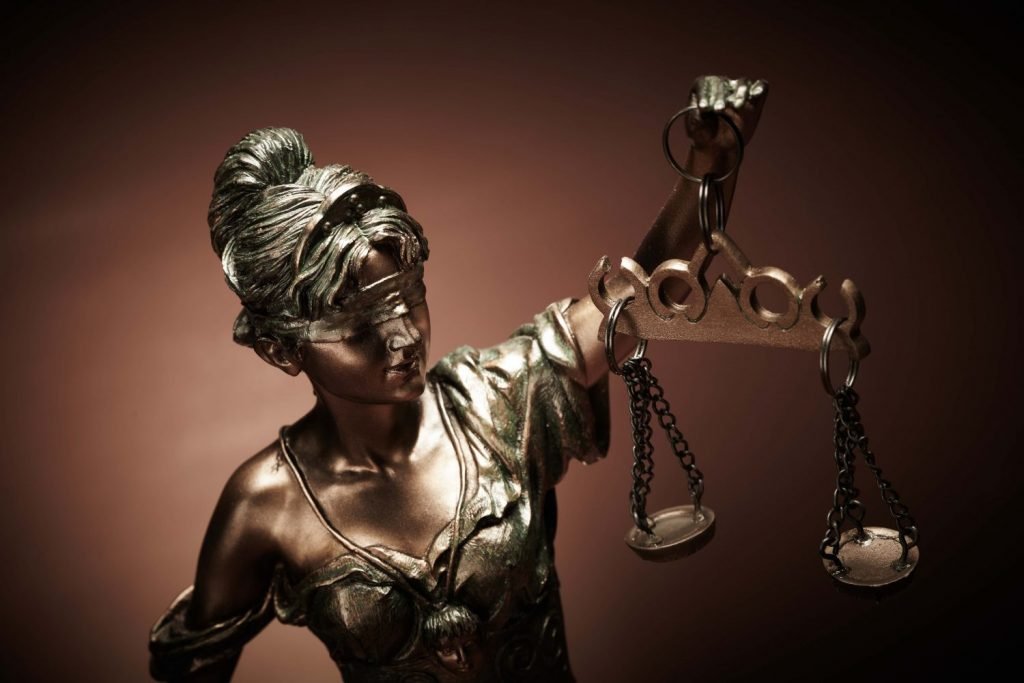Market players are trying to gauge the extent of the damage that has been done – and how the industry will reshape itself in the coming years, CNBC points out in a new report.
Sam Bankman-Fried, the former head of FTX who resigned on November 11, was arrested in the Bahamas last week. He was charged by the US government with a number of offences including fraud and money laundering.
FTX connects buyers and sellers of digital currencies such as bitcoin and derivatives. However, the company did more than that, as it allegedly “tampered” with customer accounts to make risky trades through its “sister” company Alameda Research.
“It’s extremely frustrating for investors or even more so devastating for investors,” said Louise Abbott, a partner at law firm Keystone Law.
It’s clear that the FTX case could radically reshape the cryptocurrency market in the coming years. Here are three important ways the industry could change.
Legal framework

First, the collapse of FTX seems certain to stir the authorities into action.
The crypto market is still largely unregulated, meaning that investors do not have the same protection they would have by placing their funds with a licensed bank or broker.
That may soon change. The US, EE and UK governments are taking steps to clean up the market.
The EU regulatory framework is the most comprehensive to date. It aims to reduce the risks for consumers buying cryptocurrencies by making exchanges liable if they lose investors’ assets.
But the MICA framework is not due to be launched sooner than 12 months from now. Keystone Law’s Abbott said it is important that regulators act quickly.
History has delayed the adoption of digital assets by “a year or two,” according to Evgeny Gaevoy, founder and CEO of cryptocurrency marketing firm Wintermute.
“The ones that crashed this year, if you look at Celsius, Three Arrows, FTX now – all of these guys were getting the worst of both worlds because they weren’t completely decentralized, nor were they properly centralized,” he said.
Consolidation

Many new companies and projects emerged in the years following the crypto winter of 2018 – including FTX. The expectation now is that there will be fewer companies and currencies in the coming years.
The domino effect from FTX is already unfolding.
BlockFi declared bankruptcy and now, attention is turning to other companies such as Gemini and Genesis.
“The challenge for the entire space when we think about transmission is that FTX and Alameda have been extremely active investors in this space,” said Peter Smith, CEO of Blockchain.
Fears have grown about the financial health of other major exchanges since FTX’s bankruptcy. Since the beginning of 2020, about 900,000 bitcoin have flowed out of exchanges, according to data from CryptoQuant.
Binance, the world’s largest exchange, is facing questions about the reserves it maintains to secure customer funds. The company saw billions of dollars in outflows last week.
Currently, there is no reason to suspect that Binance faces any risk of bankruptcy although even the big “players” are facing a bleak market backdrop amid falling trading volumes.
Innovation

Despite falling markets and the cost to investors, the digital asset industry has the potential to evolve.
Proponents of “Web3”, a “new” blockchain-based Internet, expect that the crypto-winter of 2022 will pave the way for more innovative uses of blockchain, rather than the speculative uses to which it is currently associated.
NFTs could change users’ relationships with properties in games and events, for example.
“Digital assets will be an increasing part of our lives, whether it’s a collectible, a ticket, a value, an identity,” Ian Rogers, head at crypto wallet company Ledger, told CNBC.
But for many, there’s still a learning gap that needs to be overcome. “It’s hard to create wallets and store keys and go through different platforms,” Cordel Robbin-Coker, CEO of mobile gaming company Carry1st, told CNBC.
Robbin-Coker compared Web3 today to the Internet in the early 1990s. “It was clumsy. We had dial-up, it took four minutes to get started, the original browsers were not very intuitive,” he said.
Previous Articles:
- Ethereum’s Next Update Could Cause Mass Sell-Off For The Altocoin
- How possible is for Binance to collapse?
- 5 Ways to earn passive income from crypto in 2022
- How does an IDO Launchpad work? The Complete IDO Guide for Crypto Startups
- VanEck’s estimate for the price of Bitcoin in 2023
